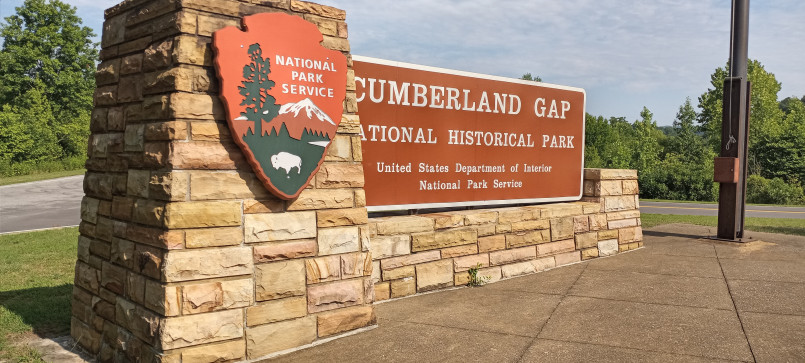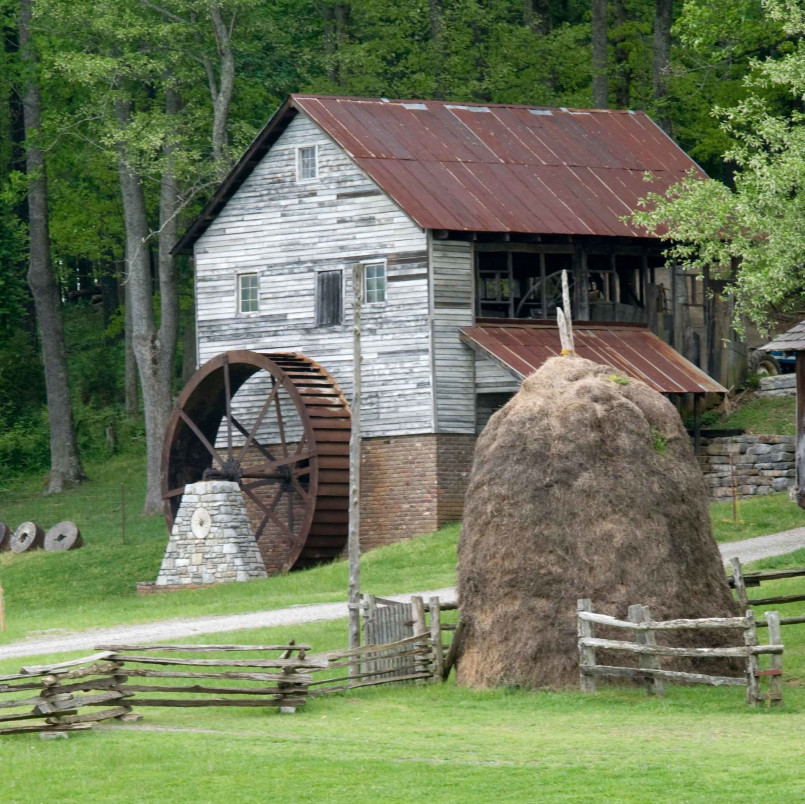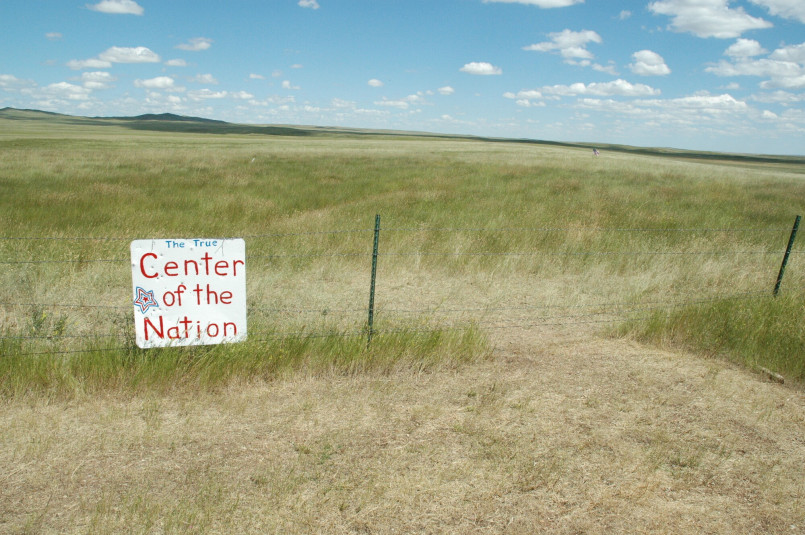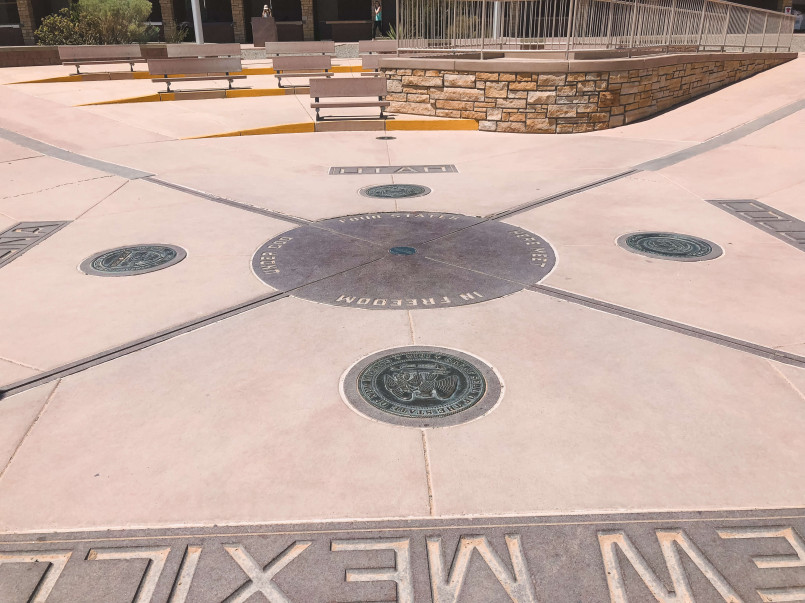The Appalachian Mountains, one of North America's oldest mountain chains, didn't just dominate the landscape of early America-they fundamentally shaped its settlement patterns, economic development, and cultural divisions in ways that continue to influence the nation today.
Stretching nearly 1,500 miles from Newfoundland to Alabama, the Appalachian Mountains stand as silent witnesses to the birth and growth of America. These ancient mountains, formed over 480 million years ago, played a pivotal role in shaping not just the geography but the very course of American history. Long before European colonists arrived, these rolling highlands influenced human movement, settlement, and culture in ways that continue to resonate today.
As one of the defining geographical features of eastern North America, the Appalachians acted simultaneously as barrier and sanctuary, obstacle and resource. Their impact on early America was profound-dictating settlement patterns, influencing colonial politics, and ultimately helping to forge the distinct American character that would emerge in the new nation.
Geographic Barrier to Colonial Expansion
When European settlers first established colonies along the Atlantic coast, the Appalachian chain loomed to the west as a formidable natural boundary. Unlike the relatively flat coastal plain where initial settlements flourished, the mountains presented challenging terrain with few easily navigable passages.
The mountains effectively contained colonial expansion for generations, concentrating development along the eastern seaboard. This geographical constraint had profound implications for colonial governance and society:
- The Proclamation Line of 1763, established by the British Crown after the French and Indian War, used the Appalachian ridgeline as a boundary beyond which colonial settlement was prohibited
- Limited mountain passages like the Cumberland Gap became strategically crucial for westward movement
- Colonial population density increased in coastal regions, accelerating urban development

The containment created by the mountains also intensified colonial resentment toward British authority, as settlers increasingly viewed restrictions on westward expansion as an infringement on their liberties-a sentiment that would later fuel revolutionary sentiment.
Native American Territories and Cultural Boundaries
Long before European arrival, the Appalachians served as both home and boundary for numerous indigenous nations. The mountains created natural divisions between different Native American cultural regions:
- The Cherokee nation occupied territories throughout the southern Appalachians
- The Iroquois Confederacy controlled northern reaches and crucial mountain passes
- Smaller nations including the Shawnee, Delaware, and Catawba lived throughout the range
These mountains shaped Native American life profoundly, providing hunting grounds, medicinal plants, and spiritual significance. Many tribes established seasonal patterns of movement within the mountains, utilizing different ecological zones throughout the year.
As European settlers pushed westward, the Appalachians briefly served as a buffer zone between colonists and Native territories. However, increasing pressure for land eventually led to conflicts that would dramatically alter these indigenous relationships with the mountains.
Economic Resources for Early Settlers
While the Appalachians presented challenges to movement, they also offered abundant resources that proved vital to early American economic development:
- Timber from vast forests provided building materials, fuel, and export commodities
- Rich coal deposits would later fuel American industrial growth
- Abundant game animals supported subsistence hunting and the fur trade
- Mountain streams powered early water mills essential for processing grain and timber
The mountains' fertile valleys also provided agricultural opportunities, though farming required different techniques than those used in coastal plains. Settlers adapted to these conditions, developing distinctive agricultural practices suited to mountain terrain.

The exploitation of these resources helped establish regional economies and trade networks that connected mountain communities to coastal cities, integrating the Appalachian region into the broader colonial economic system.
Revolutionary War: Strategic Importance
During the American Revolution, the Appalachians took on crucial strategic significance. The mountains provided:
- Natural fortifications and defensive positions for Continental forces
- Shelter for guerrilla fighters and partisan militias harassing British troops
- A barrier that complicated British supply lines and military communications
The Battle of Kings Mountain in 1780, fought along the Appalachian ridges in South Carolina, proved a pivotal victory for the revolutionary cause. Here, mountain militiamen defeated Loyalist forces in a battle that helped turn the tide of the southern campaign.
The mountains also fostered a spirit of independence among settlers that aligned naturally with revolutionary ideals. Geographic isolation from coastal authority had long cultivated self-reliance and local governance-values that transferred easily to support for independence from British rule.
Westward Movement and Cultural Divide
As America gained independence, the pressure to expand beyond the Appalachians intensified. The mountains continued to shape this westward movement in profound ways:
- The Wilderness Road through Cumberland Gap became a critical migration route
- The mountains created distinct differences between eastern and western settlements
- Political tensions emerged between established coastal regions and frontier communities
These mountains created a cultural and political divide that would have lasting implications. Eastern establishment figures often viewed trans-Appalachian settlers as crude frontiersmen, while those who crossed the mountains saw easterners as elitists disconnected from American principles of freedom and opportunity.
This divide manifested in early political conflicts like the Whiskey Rebellion of 1794, where western Pennsylvania farmers resisted federal taxation-revealing the ongoing tension between central authority and frontier independence that the mountains helped foster.
The Development of Distinct Appalachian Culture
The geographic isolation created by the mountain range fostered the development of a distinct Appalachian culture with unique characteristics:
- Preservation of Old World traditions, particularly from Scottish, Irish and English settlers
- Development of distinctive musical styles that would evolve into bluegrass and country music
- Unique linguistic patterns including preservation of archaic English terms and speech patterns
- Craft traditions adapted to mountain resources and necessities

This cultural distinctiveness emerged from the practical realities of mountain life. Limited contact with outside influences meant traditional practices endured longer, while the challenges of mountain living necessitated strong community bonds and self-reliance that became hallmarks of Appalachian identity.
The folk stories, superstitions, and medicinal knowledge that developed in these isolated communities represented a unique blending of European and Native American influences, creating a cultural tradition unlike any other in America.
Modern Legacy of the Appalachian Influence
The Appalachians' influence on early America continues to resonate in contemporary American society in several significant ways:
- Regional economic disparities between Appalachia and other parts of the country
- Persistent cultural stereotypes and identities shaped by mountain isolation
- Environmental challenges related to resource extraction industries
- Tourism centered on natural beauty and cultural heritage
The establishment of the Appalachian Regional Commission in 1965 represented formal recognition of the unique challenges and needs of the region-a testament to how these mountains continue to define a distinct American region with particular economic and social characteristics.
Even as modern highways and digital communication have reduced physical isolation, the cultural impact of the Appalachians remains evident in music, literature, politics, and regional identity. The mountains that once divided colonies from frontier continue to shape American life in subtle but profound ways.
Frequently Asked Questions About How the Appalachian Mountains Shaped American History: 7 Crucial Impacts
Why were the Appalachian Mountains such an effective barrier to westward expansion?
The Appalachians presented a formidable barrier due to their rugged terrain, dense forests, and limited natural passages. With elevations reaching over 6,000 feet and extending nearly 1,500 miles, they created a continuous wall of mountains several ridges deep. Colonial travelers faced steep slopes, unpredictable weather, and few navigable rivers cutting through the range. This physical challenge was compounded by limited mapping and the presence of Native American territories, effectively containing colonial settlement to the eastern seaboard for generations.
How did the Appalachian Mountains influence Revolutionary War strategy?
The Appalachians provided strategic advantages to American forces during the Revolutionary War. The mountains offered natural defensive positions, complicated British supply lines, and provided shelter for guerrilla fighters who could strike British forces and retreat to mountain strongholds. The Battle of Kings Mountain (1780) demonstrated this advantage when mountain militiamen defeated Loyalist troops in a pivotal southern campaign victory. Additionally, British forces struggled to maintain control over the dispersed population in mountain regions, where the terrain favored local knowledge and mobility.
What native peoples inhabited the Appalachian region before European settlement?
The Appalachians were home to numerous indigenous nations, including the Cherokee who dominated the southern portions, the Iroquois Confederacy controlling the northern reaches, and nations such as the Shawnee, Delaware, Catawba, and Creek occupying various regions throughout the range. These peoples developed sophisticated relationships with the mountain environment, establishing seasonal hunting patterns, harvesting forest resources, and cultivating fertile valleys. The mountains often served as natural boundaries between different cultural and linguistic groups.
How did the Appalachian Mountains contribute to distinct American cultural development?
Geographic isolation created by the Appalachians fostered distinctive cultural development through limited outside contact and the need for self-reliance. This isolation preserved Old World traditions from Scots-Irish and English settlers while encouraging adaptations to mountain environments. Unique musical traditions evolved (eventually contributing to bluegrass and country music), distinctive linguistic patterns developed (preserving archaic English terms), and specialized craft traditions emerged. The mountains also necessitated strong community bonds and resourcefulness that became hallmarks of Appalachian identity.
What economic resources from the Appalachians were most valuable to early Americans?
Early Americans leveraged several crucial Appalachian resources: vast timber reserves provided building materials, fuel, and export goods; abundant game supported subsistence living and the fur trade; fertile valleys offered agricultural opportunities; and mountain streams powered mills essential for processing grain and lumber. Iron deposits in the mountains supported early industry, while salt licks provided essential preservatives. Later, coal deposits would fuel American industrial growth. These resources helped establish regional economies and trade networks connecting mountain communities to coastal markets.
What was the significance of the Cumberland Gap in early American history?
The Cumberland Gap was arguably America's most significant mountain passage-a natural break in the Appalachian chain that served as the gateway to western expansion. First used by Native Americans and later mapped by Thomas Walker in 1750, the gap gained fame when Daniel Boone established the Wilderness Road through it in 1775. This route enabled approximately 300,000 settlers to reach Kentucky and Tennessee before 1810. The gap's strategic importance was recognized during the Civil War when both Union and Confederate forces sought to control it.






